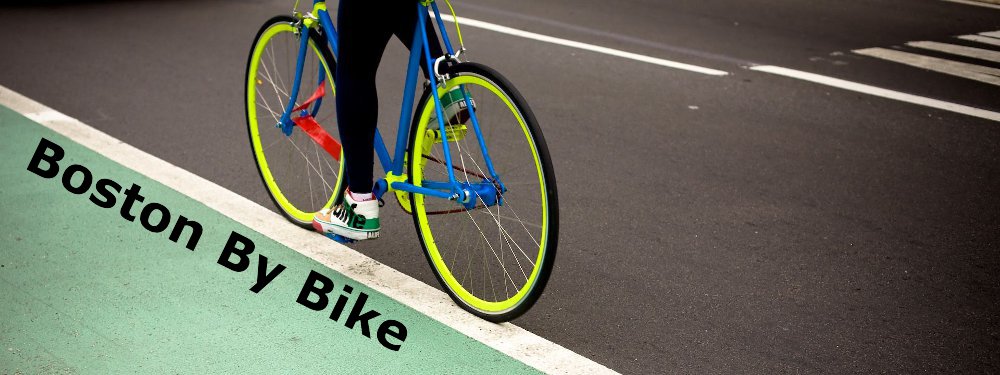If you think that American streets and roads are safe, you either live deep in the woods or drive a heavily armored vehicle through your city. But many of us, mortals, think otherwise. Apparently, we made a big move in safety numbers on our streets - just in the wrong direction:
Fatality rates here in 1990 were roughly 10 percent lower than in Canada and Australia, two other affluent nations with a lot of open road. Over the last few decades, however, other countries have embarked on evidence-based campaigns to reduce vehicle crashes. The United States has not. (...) Our vehicle fatality rate is about 40 percent higher than Canada’s or Australia’s.
So it's true what they say about Americans - we love our freedom to the point we would rather kill each other than give up any part of it. In this case, it's a freedom to speed and to drive distracted.
But interestingly, we don't apply the same freedoms to people who don't drive. They are the enemy - those who impair our freedom to move at speed when they want to cross the street, especially "illegally".
Harassing anyone for jaywalking should a thing of the past, but it's coming back. Now, when nearly everyone is glued to a cell phone screen, apparently the biggest enemy of drivers in the city (apart of lack of free parking) is a texting pedestrian - "petextrian". Honolulu has already set a fine of $99 for this "illegal pedestrianism" (which really should be called "freecrossing") of the digital era. Now Boston wants to follow this example with fines up to $200 for distracted walking.
As they say, every place has its own village idiot and here in Boston we have Rep. Colleen Gary, who already made her name as a person who really hates everyone impeding car traffic in any way. Jaywalking 2.0 is her big comeback this year as she pushes for high fines for distracted pedestrians.
Fortunately, not everyone is this blind to see that it's not pedestrians but drivers who are the problem. Perhaps those autonomous vehicles wouldn't be that bad if they pay more attention to traffic than a human driver. But this mean we would need to give up our freedom to drive and speed. Are we ready for it?





